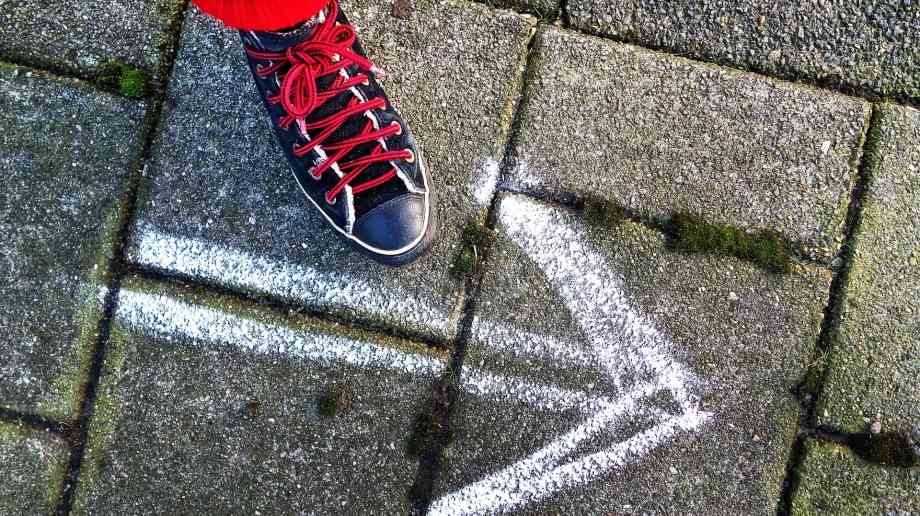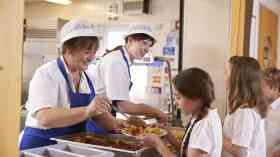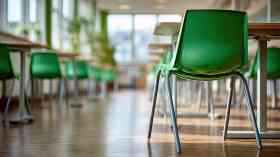
Managing the transmission risk
Children have been returning to school following the easing of lockdown restrictions. Fiona Riley, Chair of the Institution of Occupational Safety and Health’s Education Group and health, safety and facilities manager at a large independent day school, looks at how schools can manage the Covid-19-related risks they face
These are unprecedented times for us all. As lockdowns are eased in many parts of the world, people are returning to work and children are returning to school. However, Covid-19 has not gone away, so we must seek to ensure the risk of transmission is managed well.
In schools and other education settings, this is easier said than done. Different schools will have different numbers of children in attendance depending on a number of factors like how many parents are key workers, the levels of confidence in parents to send their children back into schools and what resources are available to minimise risk.
Some schools will have remained fairly busy throughout the pandemic. In my own school and in many others, there are a large number of children whose parents work in healthcare who have continued to go to school.
With this in mind, these schools had to act very quickly as the pandemic began to spread across the country and, as the lockdown began, had to put measures in place to manage the transmission risk.
As all schools begin to take in higher numbers of children, a great deal of planning is required. And all of this is based around strong risk assessments.
There has been a lot of focus and talk around the introduction of ‘bubbles’ and small classes within schools, and lessons to be learned from other countries’ management of the situation, so I don’t intend to address that any further here. What I do wish to do is look at other measures that can be put in place.
Starting point
So, where do you start? It is crucial that schools get a clear idea of how many children they are going to have in. I mentioned a lot of planning is required, but you can’t begin to do this – and risk assessments – if you don’t know how many children you have to cater for.
So, parents need to be approached to find out whether they intend to send their children in. Once you have details about how many children will be in school each day, your planning can progress from there. Many parents will require considerable reassurance that it is safe to send their children to school.
Part of this planning needs to focus on how to ensure you and everyone in school adheres to the social distancing requirements. A lot of businesses have installed a one-way system around their buildings to restrict the amount of people coming into contact with each other. Many of you reading this will be familiar with such systems in supermarkets, but it is a system which can also be used in schools.
To ensure this is effective, it is important to have clear signage of which way people should be going and showing safe social distancing. Further to that, you really need to marshal the system. We have seen that when visiting supermarkets and other shops stocking essential items, it’s very regulated outside but less so inside. In some cases, it’s a bit of a free-for-all despite the best efforts of the staff.
Clearly if children are excited or distracted, there would be a strong likelihood of them ignoring the system. Many of these children have been isolated with little contact for a long time now and understandably the opportunity to be able to interact with other children will be of great excitement. However, there is not much point in having this system in place if it isn’t going to be adhered to, so schools need to consider how they will implement the changes and ensure the children understand the ‘new normal’.
Another way of limiting the transmission risk is by having children remain at their desks during lessons as much as possible, with the odd exception such as if they require the toilet. Teachers will be able to move around the classroom, but not children.
Cleaning
This brings me onto cleaning. At our school, we have been able to do a deep clean every night. I accept this won’t be possible for all schools, but they should seek to have a deep clean as often as they can. It is equally important to ensure that cleaners are aware of the risks of cross-contamination on surfaces and that they use appropriate personal protective equipment and remove this safely.
Cross-contamination is also a risk faced by children and staff, and there are many other considerations around preventing the need to come into contact with regularly-touched surfaces, for example by having foot-operated lidded bins which are emptied frequently. Schools will also need to look at how objects like remote controls for whiteboards and marker pens don’t present transmission risks.
Door handles – and any other parts of doors – are another cause for concern as they are among the most frequently-touched surfaces. Our school has had a system of keeping doors open to prevent the need for having to touch them. However, before any decision like this is made, it is crucial to ensure that you are complying with fire regulations.
Other measures relating to cleanliness and hygiene include ensuring an adequate supply of hand sanitiser, gloves and disposable tissues around the school.
And toilets present another risk, particularly around the social distancing restrictions. It is important to manage access to toilets. Many schools may have limited numbers of toilets on site, so this is particularly important. Implementing a system of only having every other cubicle in use is one option, so consideration must be given to how you manage this – and again how toilets are kept clean throughout the school day.
It is advisable to prohibit children from bringing things into school from home as well. Having items being brought in from lots of different homes could hugely increase the risk of the transmission of the virus. With early years in particular, you should also discourage children from placing things, such as pencils and pens, inside their mouths. This is something they often do without realising so this is a message to regularly reinforce.
Teaching outdoors
Where possible, consider teaching classes outside. It is naturally a good thing to get children outside in the open air under any circumstances. But, as we have progressed through the pandemic, there has been a lot of science which suggests that the risk of transmission is greatly reduced outdoors. So, weather and space permitting, teaching outside is potentially a good way of reducing the transmission risk.
As I said at the start of the article, managing this risk in schools and other educational settings is no easy task – it isn’t in any workplace. Good planning is very important, starting with thorough risk assessments and moving onto robust control measures.
Further information and guidance has been provided by the Institution of Occupational Safety and Health (IOSH), my professional body, which has supported its members throughout the pandemic with up-to-date information and continues to do so.
The schools-related information, produced in collaboration with the World Health Organization, can be accessed at www.iosh.com/returningsafely/schools
Latest News
31/10/2025 - 10:12
A growing number of UK children are now eligible for Free School Meals (FSM), yet most still aren’t taking advantage of them on a daily basis, new research reveals.
30/10/2025 - 01:28
In the wake of the Raac crisis, the DfE spent £5 million on research into the condition of school buildings, which is due to conclude in spring 2026.
30/10/2025 - 01:09
Malmesbury Primary School in Wiltshire has submitted plans for a major expansion, funded by entrepreneur James Dyson.
30/10/2025 - 00:55
Monday's Every Pair Tells a Story campaign to protest to highlight the national crisis in SEND provision.
29/10/2025 - 09:19
Estimated data from the Department for Education reveals that 470,000 pupils under 16s use local authority funded transport to get to school.







